Science News’ Top Reads of 2025
Books about AI, Mars and infectious disease were among our top reads this year.
Every print subscription comes with full digital access

Expectations of continued success for American science were shaken this year when the Trump administration cut billions of dollars in funding and fired thousands of scientists.
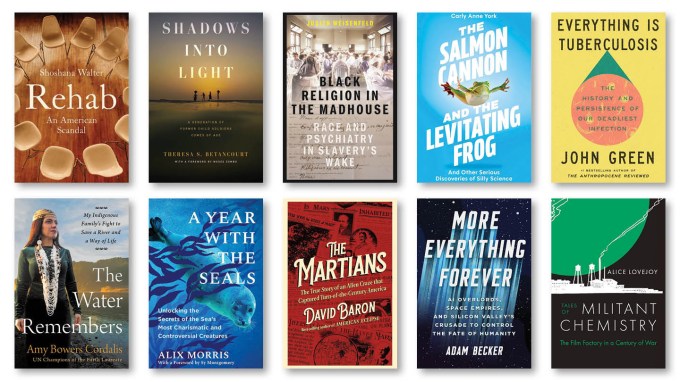
Books about AI, Mars and infectious disease were among our top reads this year.
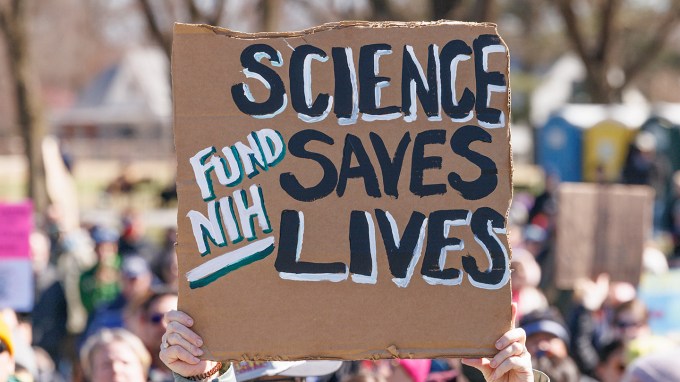
In 2025, the Trump administration froze or ended about 5,300 NIH and NSF research grants totaling over $5 billion in unspent funds, a decision that reshaped many fields of science.

A personal reflection recalls Jane Goodall’s quiet pragmatism, her deep bond with Gombe’s chimps and the scientific legacy of her skeletal collection.

Scientists and journalists share a core belief in questioning, observing and verifying to reach the truth. Science News reports on crucial research and discovery across science disciplines. We need your financial support to make it happen – every contribution makes a difference.

Skin is a barrier meant to keep small invaders out. Products making their way across it should boost that mission.

The phase I clinical trials showed stem cell transplants for Parkinson’s disease appear to be safe and might restore dopamine-producing brain cells.
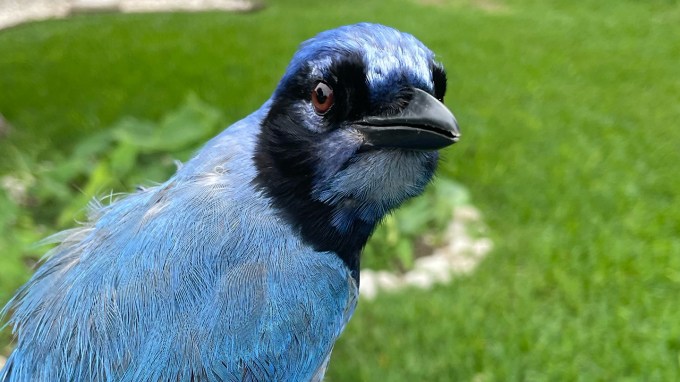
Despite millions of years of evolutionary separation and a geographical divide, a blue jay and green jay mated in Texas. This bird is the result.
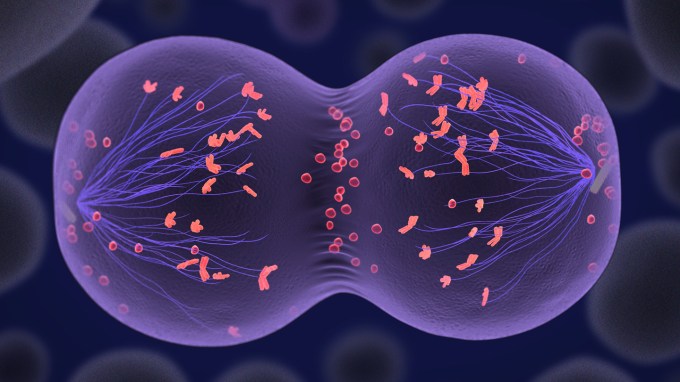
More work needs to be done to create viable human embryos, but the method might someday be used in IVF to help infertile people and male couples.

Some dogs love playing with toys so intensely they can’t stop—offering scientists a window into behavioral addictions.
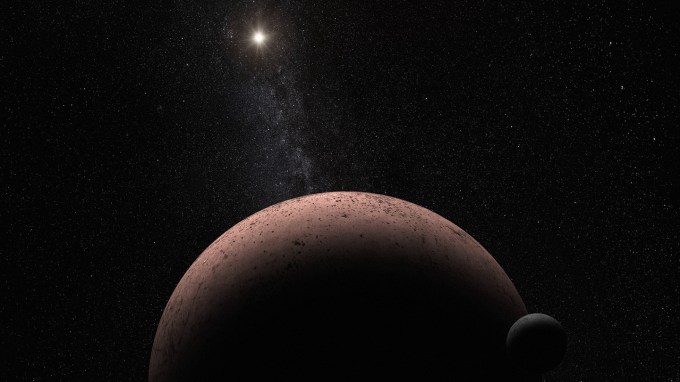
The methane gas may constitute a rarefied atmosphere, or it may come from erupting plumes on Makemake’s surface.

The Big Bang may have spawned these theoretical black holes, whose lives are thought to end in a burst of extremely energetic particles.

ADHD is officially a disorder of deficits in attention, behavior and focus. But patients point out upsides, like curiosity. Research is now catching up.
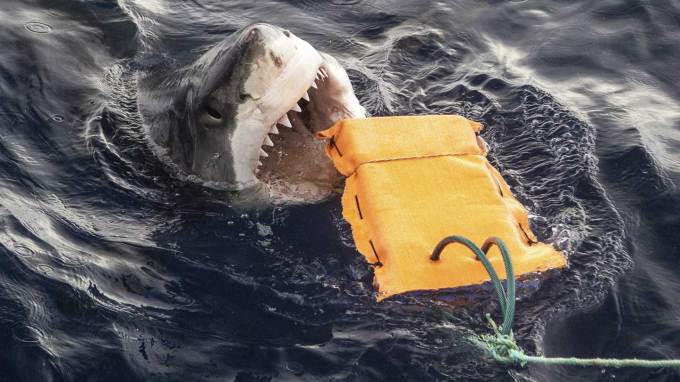
By weaving Kevlar or polyethylene nanofibers into standard neoprene in wetsuits, researchers found ways to limit injury during rare encounters with sharks.
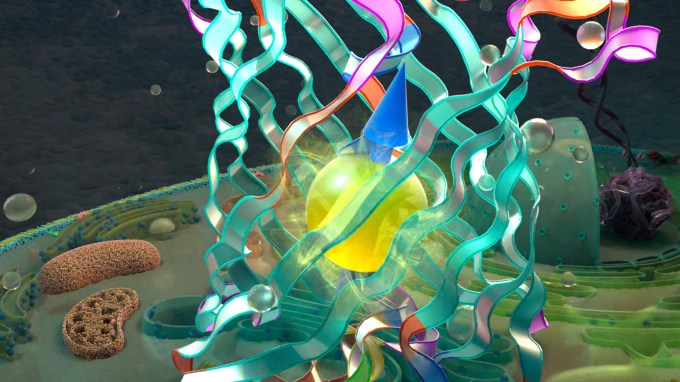
Researchers could use quantum effects to develop new types of medical imaging inside cells themselves.
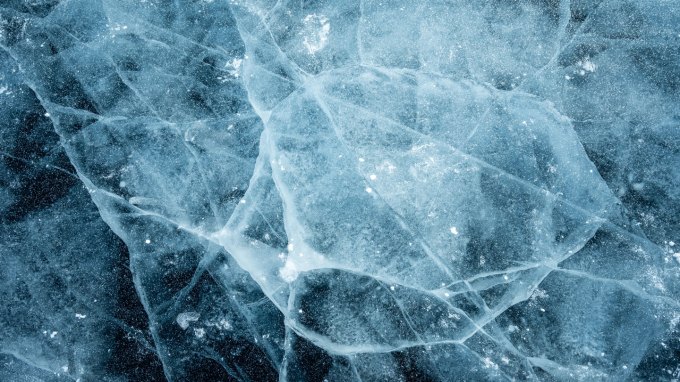
Scientists have filmed nanoscale ice crystals adapting to trapped air bubbles without losing structural integrity.
The growth spurt hints that the free-floating object evolves like a star, providing clues about rogue planets’ mysterious origins.
Gravitational waves emitted after two black holes coalesced agree with theories from physicists Stephen Hawking and Roy Kerr.

Definitively dating the age of a clutch of fossil dinosaur eggs at a famous site in China may let scientists link eggshell features to environmental shifts at the time.
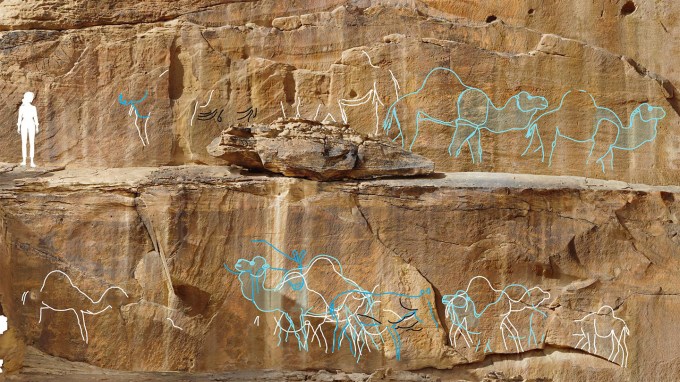
Newly found engravings of animals on rock outcrops in Saudi Arabia’s Nefud desert show nomads lived there thousands of years ago.
Countering the idea of large-scale rewiring, women whose hands were removed retained durable brain activity patterns linked to their missing fingers.
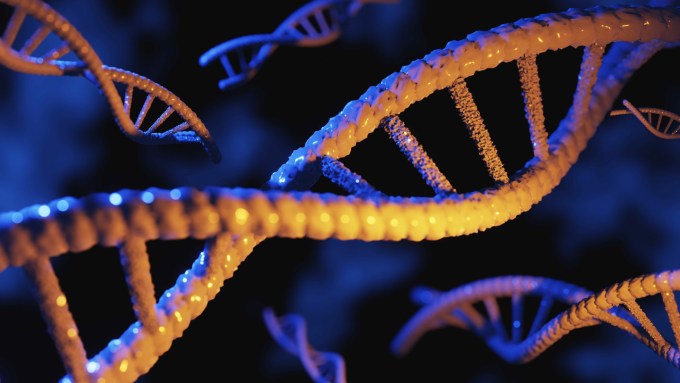
Bacteriophages designed with AI kill E. coli faster than a well-studied strain, but the tech needs regulation before moving beyond lab dishes.
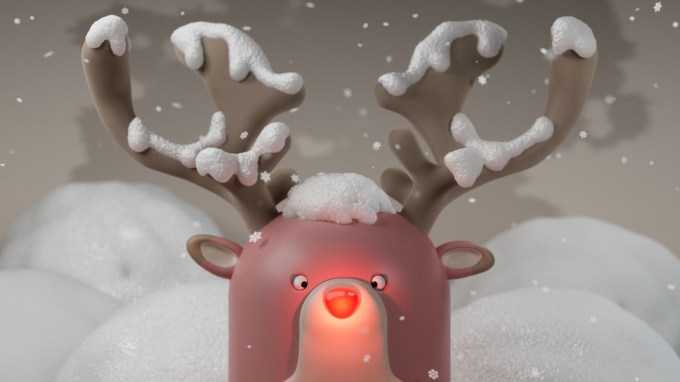
Simple chemistry could give the reindeer his famously bright snout. But physics would make it look different colors from the ground.
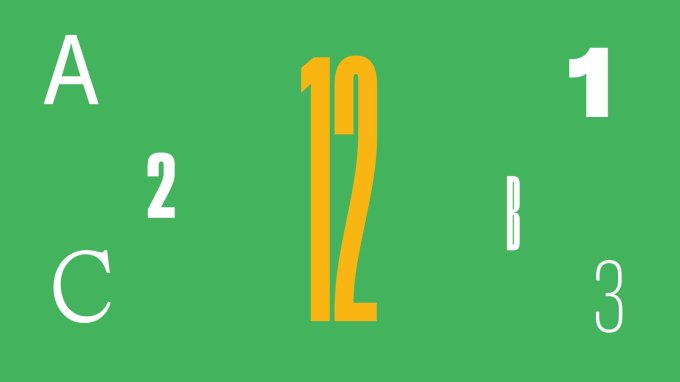
Solve the math puzzle from our December 2025 issue, in which a holiday gift exchange occurs.
Subscribers, enter your e-mail address to access the digital replica edition.